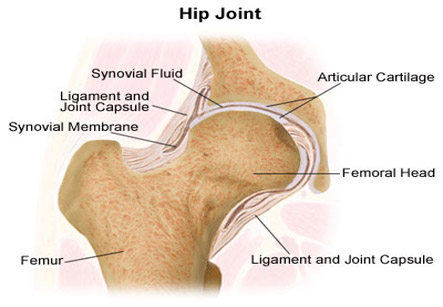Hip Injection
Introduction
The hip joint is a ball-and-socket type of joint formed by the pelvis (acetabulum) and thigh bone (femur). Painful hip can be caused by various medical conditions such as osteoarthritis, trauma, and congenital abnormalities etc. The hip joint lies deep in the body covered by muscles and can radiate pain to the groin, thigh, and buttock. A hip joint injection is a precision injection which delivers medication directly into the hip joint under x-ray guidance.
Benefits
Hip joint injection can be helpful in two ways. Sometimes, the source of pain is not clear. In this situation, the orthopedic surgeon or physician may refer the patient for a diagnostic hip injection to identify the source. In some instances the physician or orthopedist may definitely suspect that the hip joint is causing the pain. Then the patient is referred for a therapeutic hip joint injection to help alleviate the pain.
Iran ranks among the top 10 countries in orthopedics and Iranian surgeons perform high quality orthopedic surgeries at highly affordable prices

The procedure
All injection treatments need to be performed by trained physicians under fluoroscopic or x-ray guidance. Continuous fluoroscopy allows the physician to place the medicine precisely into the epidural space near the source of pain.
Anesthetic medications are usually not necessary during the procedure. Intravenous medications may be given if needed to help the patient relax during the procedure. However, the patient is awake throughout as it is important for the doctor to communicate with patient.
The patient needs to stay in the hospital for 1 to 2 hours even though the procedure is only for 20 to 30 minutes.
An IV access is taken immediately prior to the procedure. The patient is positioned on the exam table on a side with the painful hip up. After this, the physician or nurse cleans the skin with iodine or alcohol. Patient should not move after this as it will make the procedure safer, faster, and more comfortable for the patient if holding still. After cleaning, the hip is covered with a sterile drape. Then the physician will view the bones in the spine using the fluoroscope and properly locate the site for the injection. The physician then uses numbing medicine to anesthetize the skin over the hip. This may sting momentarily. After the anesthesia takes effect, a small needle will be directed into the hip joint. When the needle is in proper position a small amount of iodine based dye is injected. Visualization of the dye confirms the correct positioning of the injection. When the cortisone is injected, the patient may feel a bit of pressure or discomfort. This is normal response. There may be minor discomfort with the procedure, but most patients tolerate it well.
Pre- and post- treatment care
A recent spine MRI is required to be present with the patient. Patient should not eat or drink anything for 8 hours prior to the procedure. Water is fine up to 2 hours before the procedure. The routine medications for blood pressure should be taken on time before the procedure if any. Stop aspirin, anticoagulants such as warfarin and all anti-inflammatory medications7 days before the procedure. The patient will need an INR (blood coagulation test) one day prior to the procedure. If not normal the procedure needs to be cancelled. Oral diabetes medication should be avoided on the morning of the procedure. If you are taking insulin injection, inject only HALF of the usual scheduled dose the morning of the procedure.
All the routine medicines and supplements can be re-started after the procedure on the same day. Regular pain medicine should be taken as needed before/after the procedure.
If the patient is on antibiotics, the treatment should be postponed until the course of medicine is finished. The procedure is not performed if the patient is having any active infection or fever. In case of woman of childbearing age and if she knows or suspects to be pregnant, the procedure is not performed. If the patient is a known case of allergy such as rash, anaphylaxis to iodinated contrast agents, it should be informed to the doctor.
The patient needs to stay in the hospital for 1 to 2 hours even though the procedure is only for 20 to 30 minutes. The patient should not drive after the procedure. Plan to be off work for the day of the procedure. The patient can return to the current level of activities on the next day, including return to work.